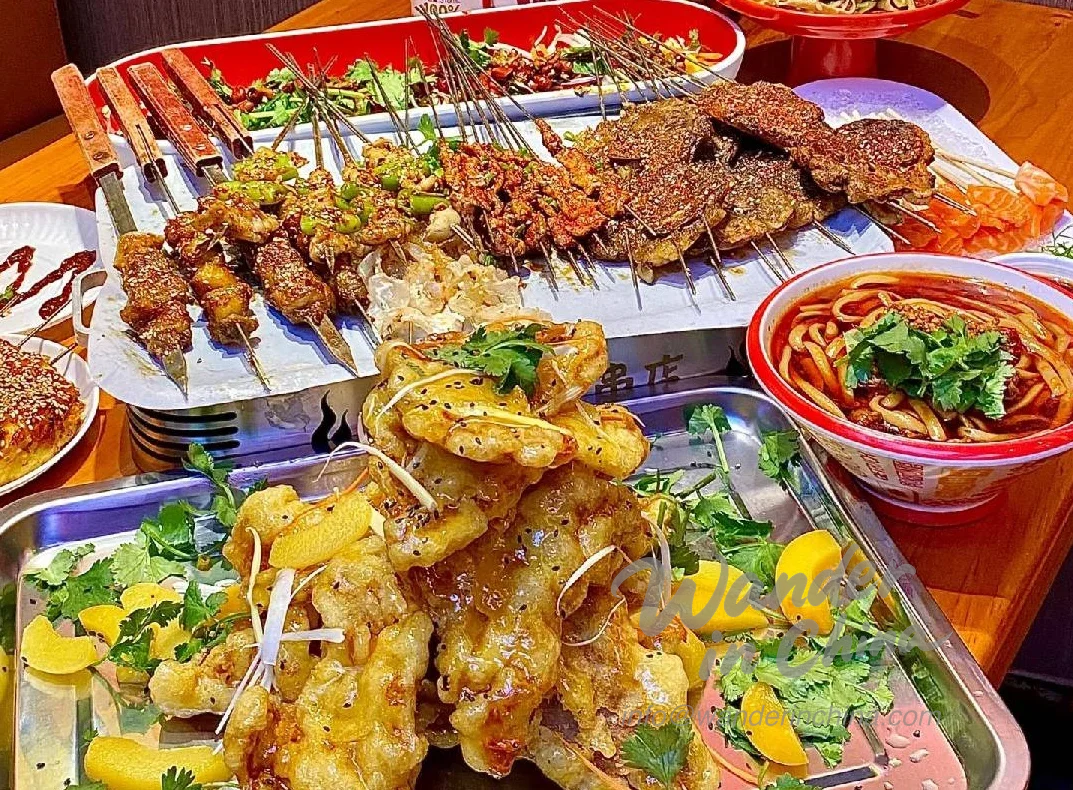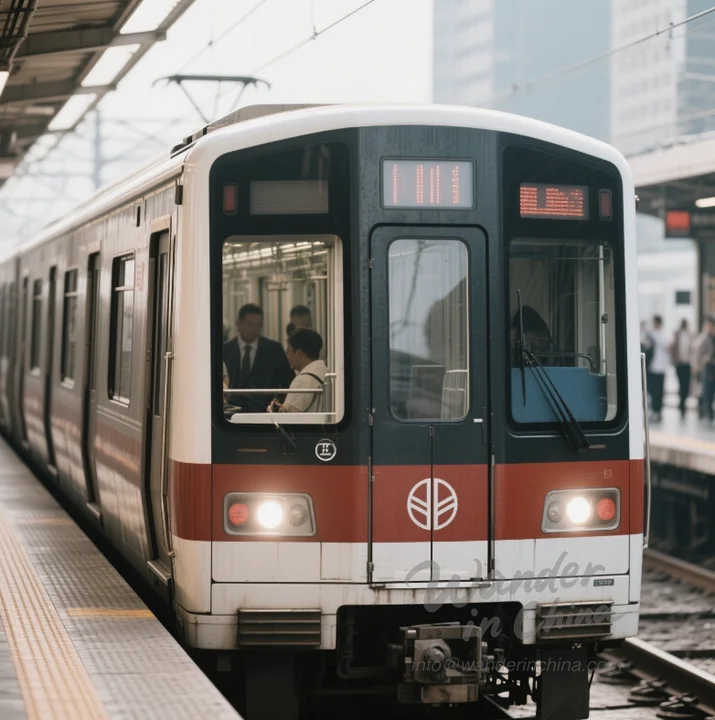Explore Xinjiang Museum: History, Mummies & Silk Road Relics
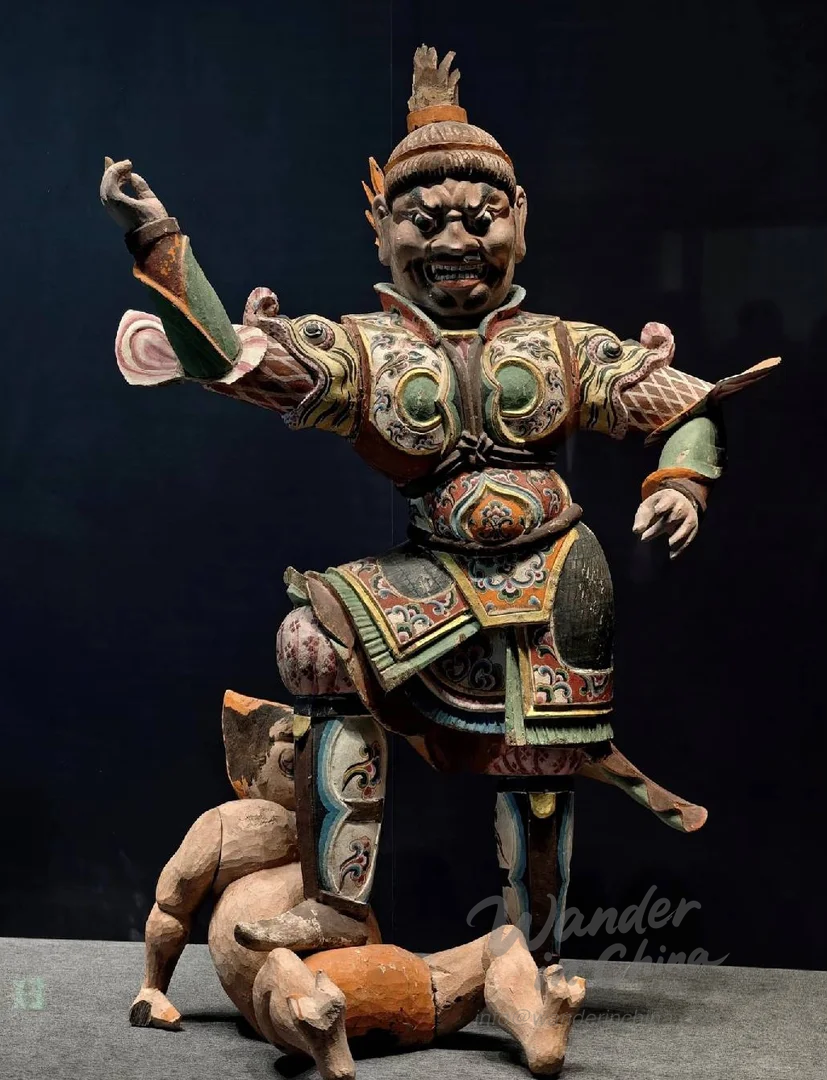
Unveiling the History and Culture of Xinjiang at the Xinjiang Regional Museum
The Xinjiang Regional Museum in Urumqi stands as a treasure trove of artifacts and information, offering visitors a deep dive into the rich history and diverse cultures of the Xinjiang Uyghur Autonomous Region. From ancient mummies to Silk Road relics, the museum provides a fascinating glimpse into the region’s past and present.
History and Purpose of the Museum
Established in 1959, the Xinjiang Regional Museum serves as the primary research and exhibition center for the region’s cultural heritage. Its purpose is to collect, preserve, and study artifacts related to Xinjiang’s history, ethnography, and natural environment. The museum’s collections span thousands of years, showcasing the diverse influences that have shaped the region.
Why It’s a Must-Visit for Understanding Xinjiang Culture
Visiting the Xinjiang Regional Museum is essential for anyone seeking a comprehensive understanding of Xinjiang culture. The exhibits offer insights into the lives of the various ethnic groups that call Xinjiang home, including the Uyghur, Han, Kazakh, Hui, Mongol, and others. By exploring the museum’s collections, visitors can gain a deeper appreciation for the region’s unique history, traditions, and artistic achievements. For a complete overview, see our main guide to Urumqi.

Key Exhibits and Collections
The Xinjiang Regional Museum boasts an impressive array of exhibits, each offering a unique perspective on the region’s history and culture. Here are some of the highlights:
The Mummy Hall
The Mummy Hall is arguably the museum’s most famous attraction. It houses a collection of remarkably well-preserved mummies dating back thousands of years. These mummies, discovered in the Tarim Basin, provide invaluable insights into the lives, customs, and physical characteristics of the ancient inhabitants of the region. The most famous mummy is the “Loulan Beauty,” a woman who lived over 3,800 years ago.
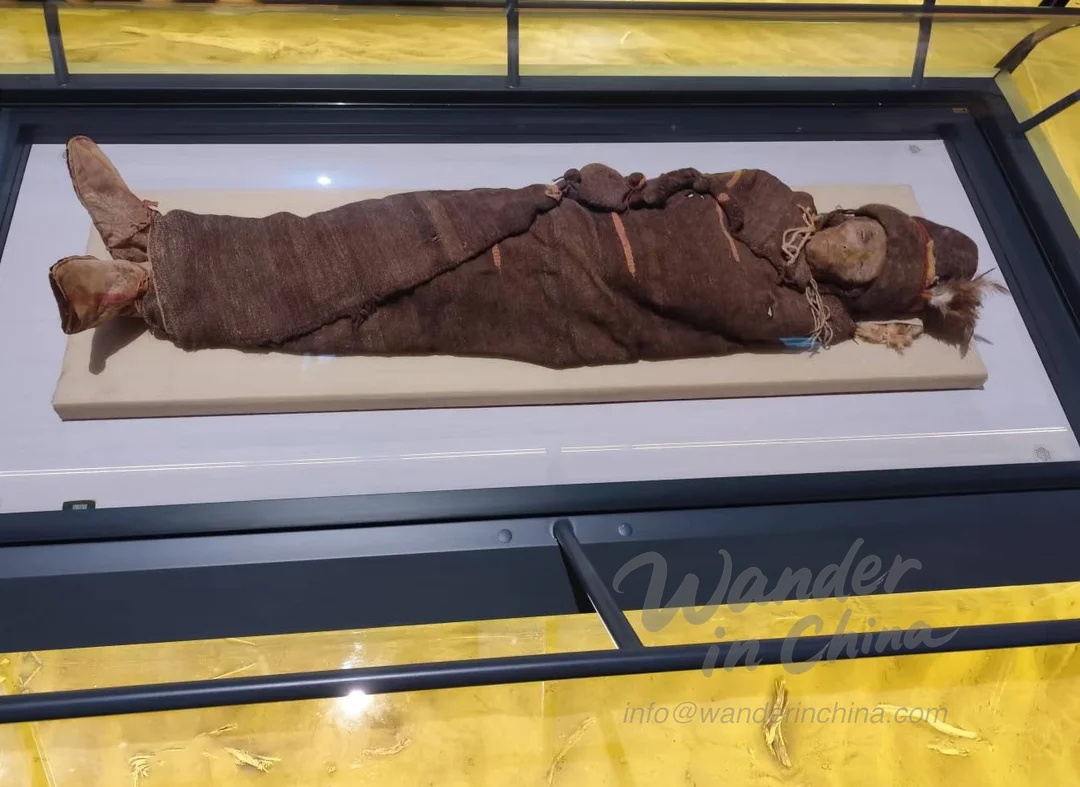
The Ethnographic Hall
The Ethnographic Hall showcases the diverse cultures of Xinjiang’s various ethnic groups. Exhibits feature traditional clothing, tools, musical instruments, and other artifacts that reflect the unique customs and lifestyles of each group. This hall provides a fascinating look at the cultural mosaic that makes Xinjiang so unique. You can learn more about the cultural diversity in our article on Exploring the Diverse Cultures of Urumqi: A Melting Pot of Traditions.
The Silk Road Exhibition
Xinjiang played a crucial role in the Silk Road, serving as a vital crossroads for trade and cultural exchange between East and West. The Silk Road Exhibition explores this rich history, showcasing artifacts such as textiles, ceramics, and metalwork that traveled along the ancient trade routes. The exhibition highlights the diverse influences that shaped Xinjiang’s culture and economy.
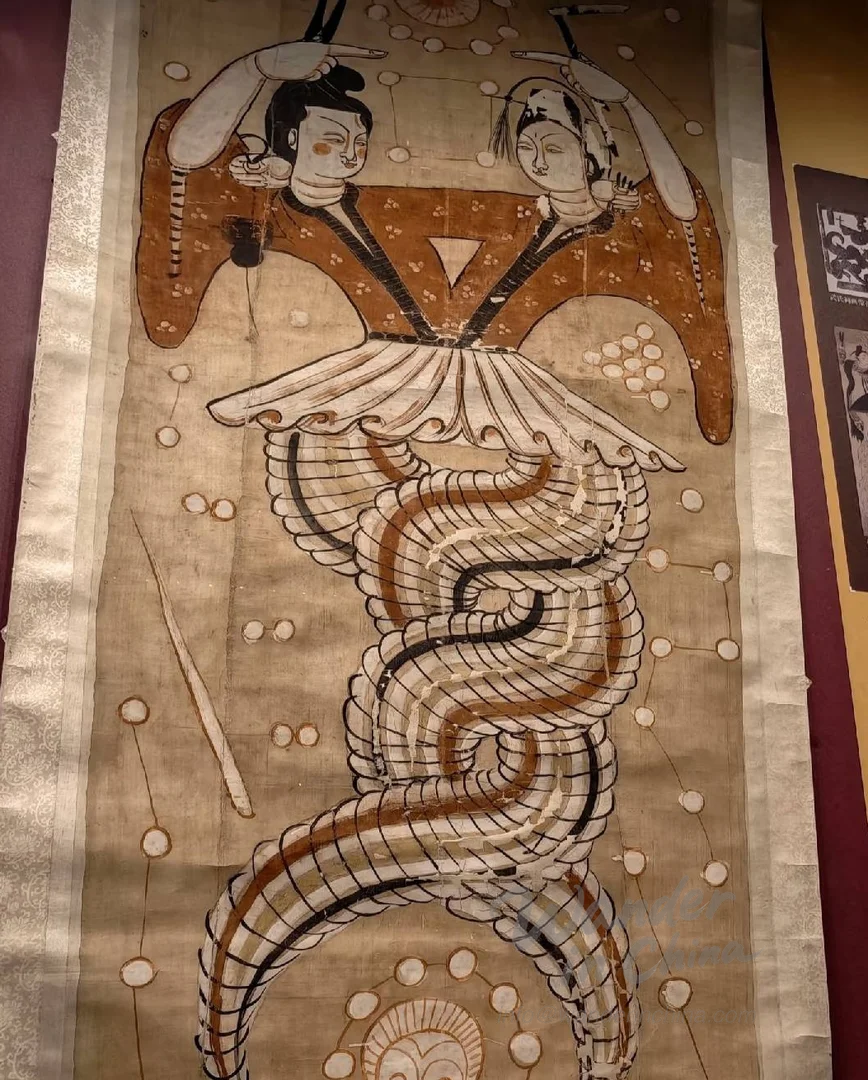
Planning Your Visit
To make the most of your visit to the Xinjiang Regional Museum, it’s important to plan ahead.
Opening Hours and Ticket Information
The Xinjiang Regional Museum is typically open from 10:00 AM to 6:00 PM, Tuesday through Sunday. It is closed on Mondays. Ticket prices vary, but are generally inexpensive. It’s always a good idea to check the museum’s official website (if available) or local sources for the most up-to-date information on opening hours and ticket prices.
Guided Tours and Audio Guides
Guided tours are available in Mandarin and sometimes in other languages. These tours offer valuable insights into the museum’s collections and the history of Xinjiang. Audio guides are also available in multiple languages, allowing visitors to explore the museum at their own pace.
Photography Policies
Photography is generally allowed in the museum, but flash photography may be restricted in certain areas, especially in the Mummy Hall, to protect the delicate artifacts. Be sure to check with museum staff for specific photography policies.
Tips for an Optimal Museum Experience
Allow Ample Time to Explore
The Xinjiang Regional Museum is a large and diverse museum, so it’s important to allow ample time to explore its many exhibits. Plan to spend at least 3-4 hours to fully appreciate the museum’s collections.
Read Exhibit Descriptions Carefully
The exhibit descriptions provide valuable context and information about the artifacts on display. Take the time to read them carefully to gain a deeper understanding of Xinjiang’s history and culture. Consider this visit as part of your Urumqi Itineraries: Planning Your Xinjiang Adventure.

